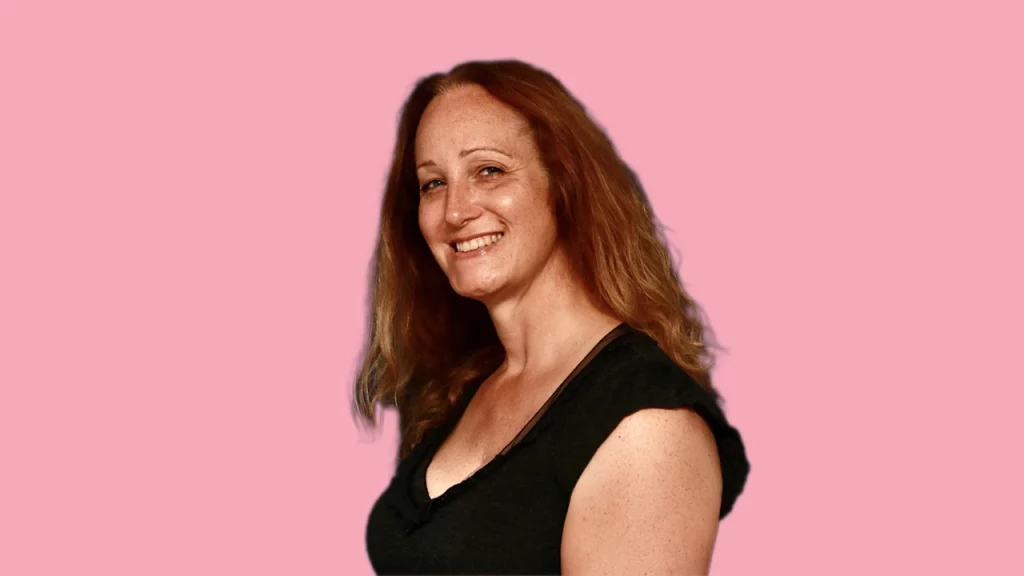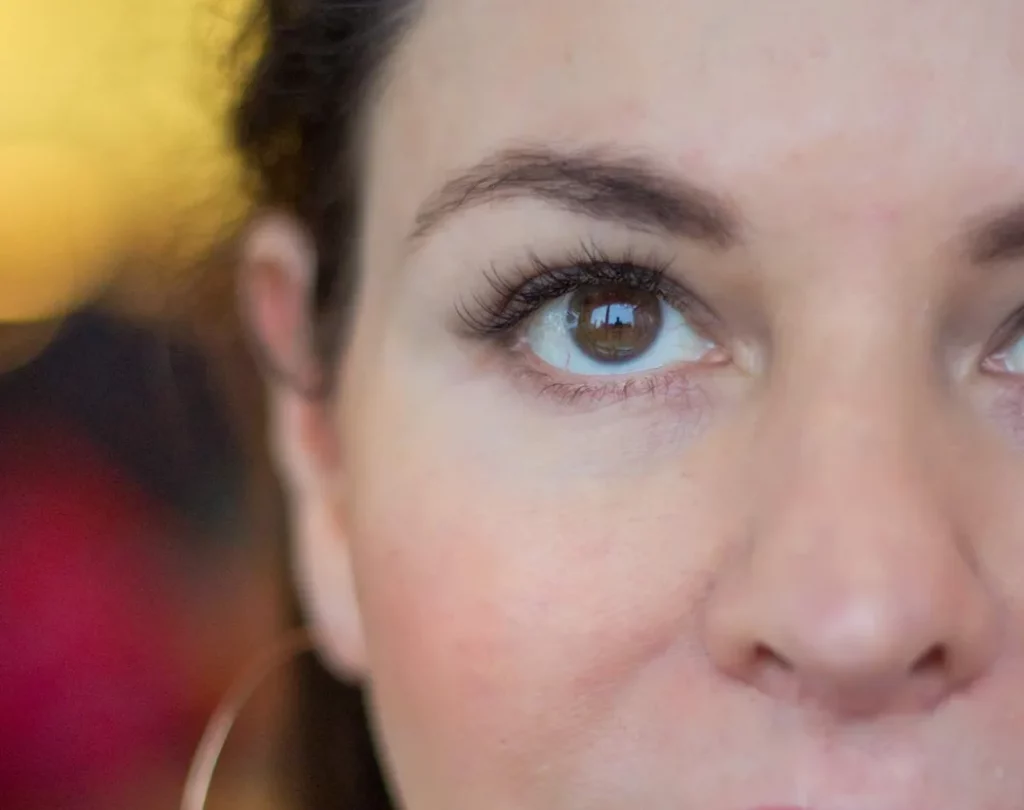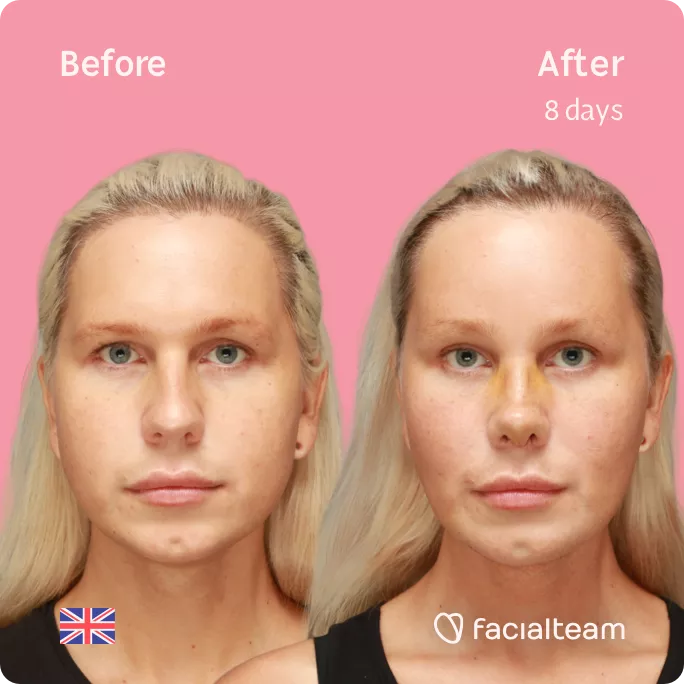If Your Loved One Needs to Socially Transition

In a world that’s becoming increasingly inclusive and diverse, it’s important to support our loved ones through significant life changes. Social transition, often a crucial step in a transgender person’s journey, can be a challenging but empowering process. This blog explores the sensitive and essential aspects of assisting someone you care about as they embark on their social transition. From understanding their experiences to offering emotional support, we’ll discuss the key elements to help your loved one on this transformative path to authenticity and self-acceptance.
Honor Your Loved One’s Social Transition
Aspects of a TGD* person’s gender transition may include socially transitioning which can involve various ways to address their needs during this process. Socially transitioning may take on many forms and any interventions can be reversed. There may be times your loved one will seek your assistance and other times they may not. It is always best for companions** to be as supportive as possible of their TGD loved one throughout their social transition. If for any reason you cannot do this, it is important to respect their decisions and honor their requests.
*TGD stands for Transgender and Gender Diverse
**Whenever it states companions, it refers to partners, parents, family members, and friends.
Possible Options Related to Socially Transitioning
There are a multitude of ways a TGD individual may approach their process of socially transitioning. Understanding this is a very individual choice and none, some, or all the options mentioned below can be part of your loved one’s social transition. Socially transitioning may include, but is not limited to:
- Changing their name, pronoun/s, and gender marker;
- Adjusting the sound, tone, volume, and timber of their voice;
- Wearing clothing that matches their gender expression;
- Exploring hairstyles and determining if they will shave or grow out hair on certain parts of their body;
- Deciding on whether to wear makeup and/or nail polish;
- Examining any need to bind, pad, pack, or tuck;
- Adapting any aspect of their gestures and mannerisms;
- Learning a new set of social cues;
- Participating in gendered sports and activities;
- Using a bathroom that aligns with their affirmed gender.
Partners, Parents, & Other Family Members
Some partners might find it hard to use their TGD partner’s affirming name and/or different names for their body parts during moments of sex and intimacy. This can require a level of adjustment and may involve a conscious effort to remember them at first. Most partners want their TGD partner to communicate their needs regarding socially transitioning so they are better able to accommodate their TGD partner’s wishes.
For parents and family members, the most difficult obstacles may be in relation to dealing with schools. In many cases, parents will be forced to advocate that their TGD child’s affirming name, pronoun/s, and gender marker be used within the school system. In addition, sometimes parents and family members will need to ensure their TGD child is permitted to use a gender-affirming bathroom, as well as be allowed to participate in gender-segregated sports and activities that align with their affirmed gender. This also holds true for TGD students if a school offers sexual health education classes. In all instances, most parents and family members find it is crucial to be aware of and understand the protocol, laws, guidelines, and rights of their TGD child in respect to their school district, state, and/or country.
Knowing when and when not to assist a loved one throughout their social transition can feel like a balancing act. While partners can elect to wait until their TGD partner invites them to partake in an action, parents and family members may need to be more proactive when their TGD child’s own voice is not enough. The critical role of companions often demands much patience, an abundance of care, and the willingness to go the extra mile when necessary.
10 Things to Remember If Your Loved One Needs to Socially Transition
As a result of interviewing others, providing workshops, and facilitating support groups, companions and TGD folx*** shared various aspects related to socially transitioning. This information is based on their input, and it is intended for those who are navigating their loved one’s social transition.
- Using a TGD person’s affirming name and /or pronoun/s must always be honored, even when they are not present, whether in-person or online, in all social media, and in any written format.
- Changing a TGD individual’s gender marker on documents may take much time, can require a great deal of tenacity, and could vary from state to state and country to country.
- Understanding the important role a person’s voice plays in society and how a TGD individual feels their voice needs to sound is often a vital aspect when socially transitioning.
- Selecting clothing that feels gender affirming for a TGD person can be elating and/or overwhelming and may involve much trial and error.
- Having your TGD loved one decide on their affirming hairstyle, whether body hair will be shaved or grown, the wearing of makeup and nail polish or not, can all part of this process.
- Utilitizing methods of binding, padding, packing, and tucking may be a vital part of a TGD person’s social transition.
- Comprehending that gestures, mannerisms, and social cues can be interpreted in gendered ways is essential and must be discussed at some point throughout the process of socially transitioning, especially since these may impact the safety of your TGD loved one.
- Welcoming TGD individuals to partake in gendered sports and/or activities can be extremely important to them, and the acceptance of their participation may be tremendously affirming.
- Recognizing that a gender diverse individual’s safety is critical in relation to using a bathroom and so whenever possible, every effort must be made to enable them to use one that is aligned with their affirming gender.
- The safety of your TGD loved one must be always paramount for conversations about these protocols can be lifesaving.
***“Folx” is a common spelling used in the Trans Community for the word “Folks”
How To Support Your TGD Loved One’s Social Transition
One of the best ways to support your loved one during the time they are figuring out what feels right and gender affirming to them is to ask if they need or desire your assistance and/or input. Some TGD loved ones might want your help should they do specific activities in public or even in the privacy of their home. Companionship may be truly appreciated for endeavors like shopping for clothes, going for a haircut, getting a manicure/pedicure, buying makeup, attending an electrolysis appointment, and if purchasing a binder, packer, padding, or prosthetic. It is suggested that you ask your TGD loved one if they prefer your company when engaging in these tasks and should their response be that they do not need your assistance, it is important their wishes are granted.
Furthermore, to ensure safety and comfort levels, you could offer to help them research businesses that are TGD-friendly. This can be done by phone, online, or going to the place of service ahead of time, either by yourself or with your TGD loved one. Remember, sometimes the best way to show support is by letting your TGD loved one know you will be there for them now and/or in the future.
Disclaimer
This blog is created to support the journey of partners, parents, family members, and friends of those who identify as gender diverse, TGD, non-binary, and/or are questioning their gender. We recognize the vital role that companions often play for those who are seeking any type of gender transition. Each post will address a different aspect and the various thoughts that may be part of the experience that impacts the lives of those who accompany their loved one throughout their gender transition. Its intent is never to negatively affect any person who is navigating their own gender transition, but rather to provide a platform where companions can feel heard and in turn, be present for their gender diverse, TGD, non-binary, and/or gender questioning loved one’s needs.







